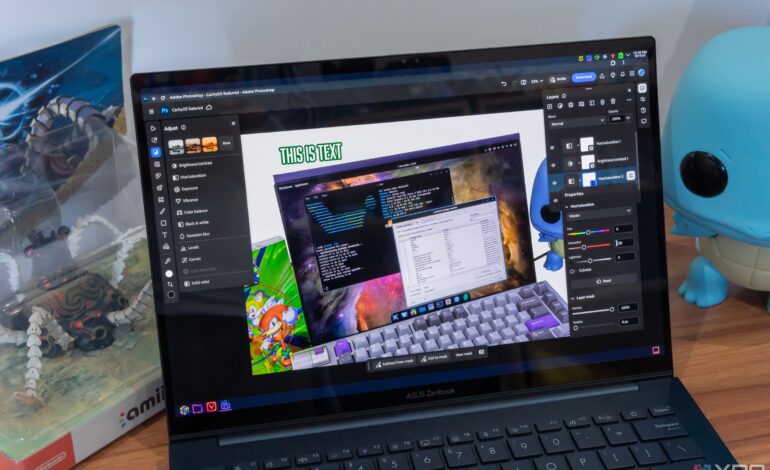Adobe Launches Web Versions of Photoshop and Lightroom for Linux Users

Adobe has expanded its offerings by launching web-based versions of Photoshop and Lightroom, providing Linux users with access to these popular creative tools. This development addresses a significant barrier for users who have long sought reliable alternatives to Adobe’s software, which has historically not been available on the Linux platform.
Many Linux users have faced challenges when transitioning from other operating systems due to the absence of Adobe Creative Cloud products. Previous attempts to find viable alternatives often fell short. While applications like GIMP and RawTherapee have been explored, they frequently lack the user-friendly experience that Adobe software delivers.
Web-Based Solutions Shine
Adobe’s move to provide web applications has proven to be a game-changer for those who rely heavily on Photoshop and Lightroom. During testing, users found that the web version of Photoshop supports essential features, including automatic AI-based selection tools, which significantly enhances workflow efficiency. This web version not only matches the desktop experience but, in some cases, offers an even smoother user interface.
The accessibility of Photoshop on the web means users can perform critical tasks such as color adjustments, image resizing, and layer management without the need for a dedicated desktop application. For example, the ability to open projects in separate tabs and transfer selections between them seamlessly mirrors the functionality found in the desktop version.
Despite some limitations in advanced features, many users find that the web app provides a balanced set of tools that meet their needs. The experience is particularly notable for those who previously struggled with free alternatives that often lack crucial functionalities or suffer from convoluted interfaces.
Lightroom for Web: A Solid Companion
Similar to Photoshop, the web version of Lightroom has also garnered positive feedback. Users can perform automatic color and lighting adjustments, crucial for enhancing photo quality. The interface is designed to make the transition from desktop to web as seamless as possible, allowing users to crop images and adjust aspect ratios effectively.
One limitation of the Lightroom web app is the absence of the AI-powered Denoise feature, which typically runs on local GPUs. However, manual noise reduction remains user-friendly and efficient. The web version also supports essential features like lens correction and chromatic aberration removal, covering the primary needs of most photographers.
While both applications offer free versions, limitations apply. For instance, Lightroom cannot edit RAW files unless users subscribe to Adobe’s photography plan, which costs $19.99 per month. Photoshop also has features locked behind a paywall, though a more affordable plan for mobile and web access is available at $7.99 per month, making it a more attractive option for users looking to utilize these tools without the full desktop experience.
Adobe’s decision to provide web-based access to its creative applications has given Linux users a viable pathway to use industry-standard software. As the demand for cross-platform compatibility increases, this initiative could pave the way for broader accessibility in creative software, reinforcing Adobe’s commitment to adapting to user needs across diverse operating systems.
For those who require flexibility in their creative tools, especially while working on Linux, the web versions of Photoshop and Lightroom represent a significant advancement. Users can now engage in their creative workflows without the limitations previously associated with Linux, allowing for a more integrated and versatile approach to digital content creation.





